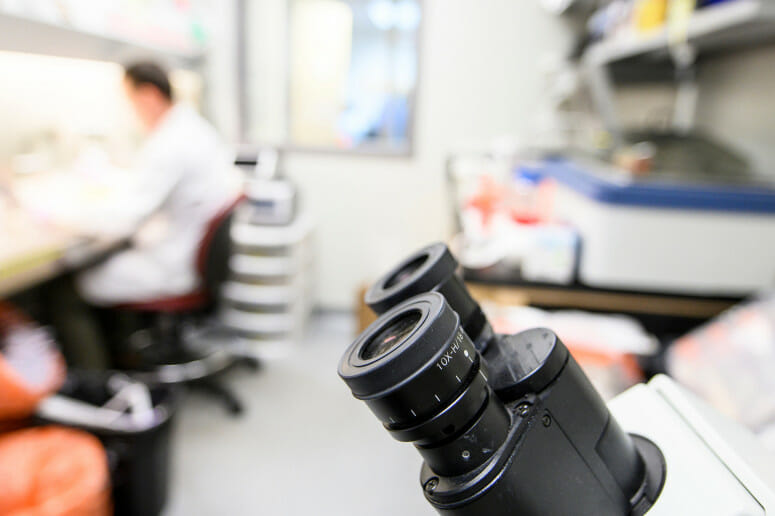By Ingrid Wickelgren – Scientific American
This novel injection system could help advance gene therapy by nimbly inserting gene-editing enzymes into a variety of cell types
nside the gut of a caterpillar lives a worm, and inside the worm lurks a bioluminescent bacterium named Photorhabdus asymbiotica, which makes the caterpillar glow in the dark. But this nesting-doll-like setup has another, more harmful effect: the bacteria secrete a deadly molecular syringe, 100 nanometers long, that latches onto the insect’s cells. Once attached to a cell, the syringe pushes a molecular spear through the cell’s membrane that releases a toxic payload. As its insect host dies and decomposes, the bacteria escape to colonize their next victim.
In a paper published today in Nature, researchers report refashioning Photorhabdus’s syringe—called a contractile injection system—so that it can attach to human cells and inject large proteins into them. The work could provide a way to deliver various therapeutic proteins into any type of cell, including proteins that can “edit” the cell’s DNA.




